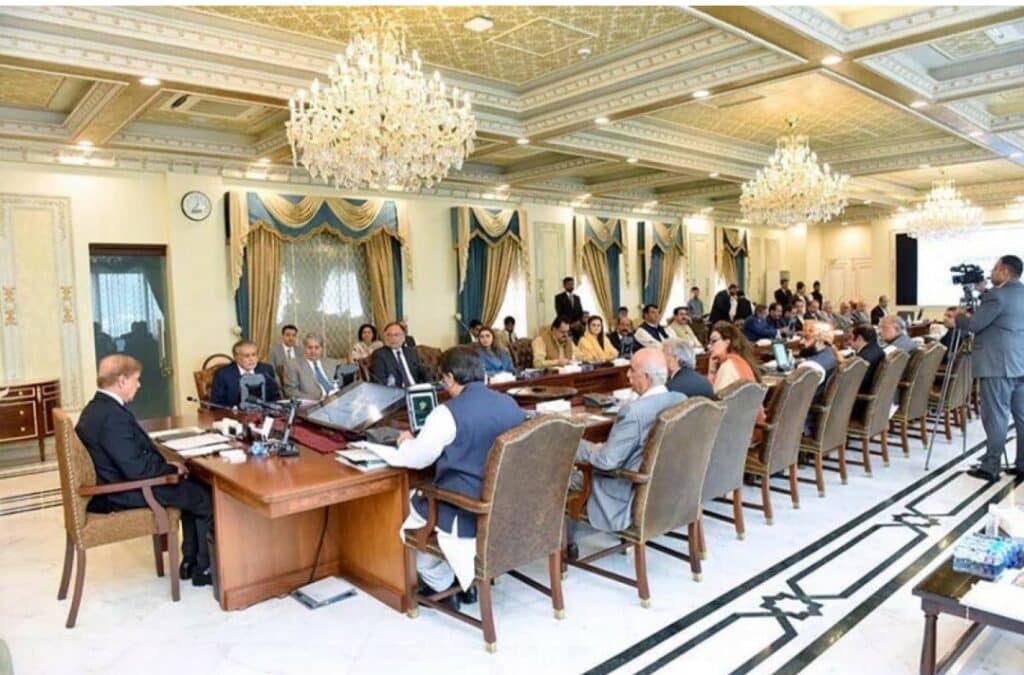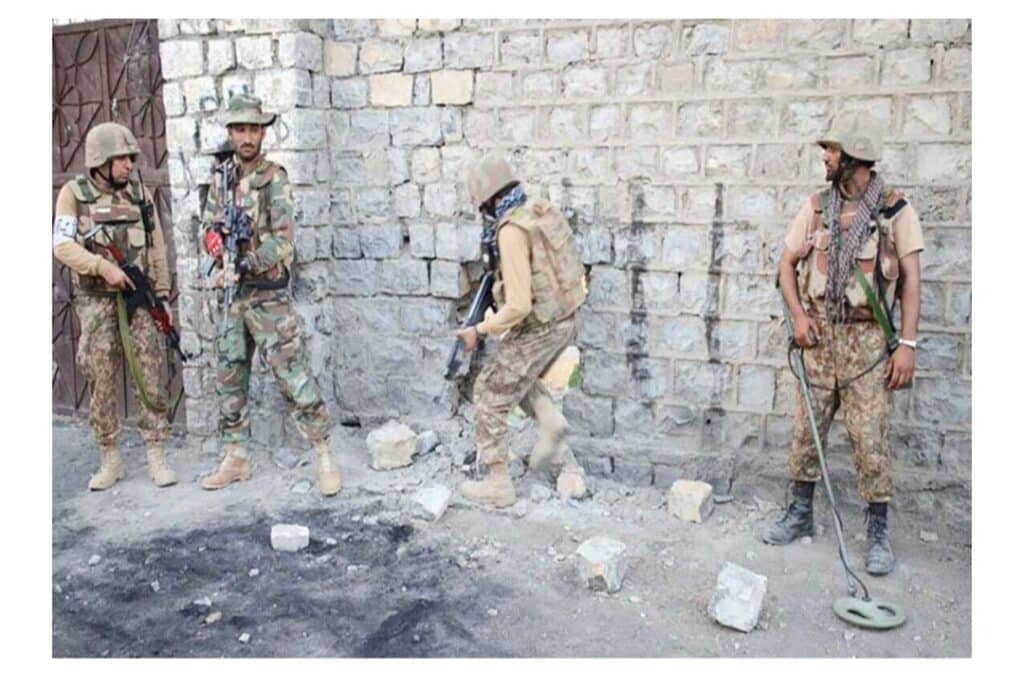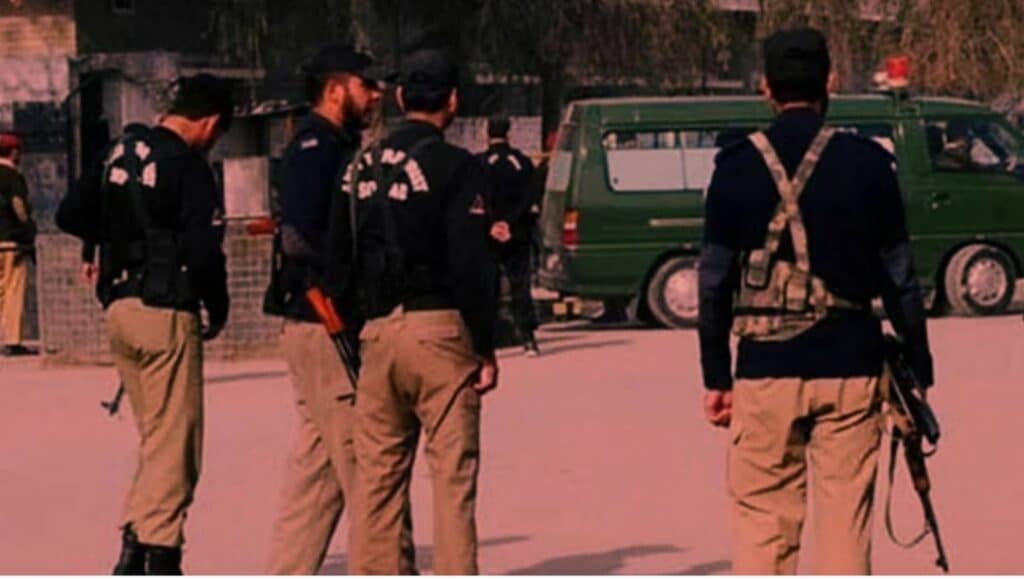The militant landscape in Afghanistan and Pakistan is entering a volatile new phase, shaped by the Taliban’s return to power in Kabul and the resulting re calibration of terrorist strategies across the region. The Taliban’s reassertion of authority has emboldened some groups, triggered new rivalries, and set the stage for a potentially explosive confrontation that could reshape jihadist dynamics across South and Central Asia. At the center of this emerging storm are two of the region’s most dangerous organisations: the Tehreek-e-Taliban Pakistan (TTP) and the Islamic State Khorasan Province (ISKP).
The Taliban’s victory in 2021 was heralded by jihadist factions as the ultimate vindication of armed struggle against foreign powers. Yet paradoxically, it also set off an ideological earthquake. For the TTP, the Taliban’s triumph created strategic depth, allegedly granting its fighters sanctuary in Afghanistan while allowing it to resume deadly operations against Pakistan. For ISKP, however, the Taliban’s ascension spelled hostility. The group views the Taliban as “apostates” who abandoned the global jihad after being “installed by the Americans,” trading their revolutionary mantle for the trappings of a “corrupt emirate.”
This schism has defined ISKP’s relentless campaign of bombings against Taliban forces and Shia Hazara civilians, while also driving its sophisticated propaganda blitz through the Al-Azaim Media Foundation. The Taliban, once a beacon for jihadists worldwide, is now castigated by ISKP as a pawn of the United States, Russia, and China. In its messaging, ISKP portrays the Taliban as a Pashto-centric militia beholden to foreign powers, betraying the global jihadist movement for diplomatic legitimacy and financial gain.
While ISKP lambasts the Taliban as apostates, its interactions with the TTP were initially more cautious. Both groups sought to avoid hostilities to focus on their common enemy, Pakistan. For years, ISKP criticism of the TTP was mild, allowing tactical co-existence in the tribal belt. That fragile silence shattered in 2024. In May, Qari Shoaib Bajauri, a senior TTP ideologue, accused ISKP of being a conglomeration of extremists defecting from TTP, al-Qaeda, and the Afghan Taliban. He insisted that the TTP’s war was not with ISKP, but with the Pakistani state, aimed at imposing its version of Sharia in Pakistan’s tribal areas.
ISKP responded with fury. In July, Al-Azaim released a 47-minute audio rebuttal, lionizing its TTP defectors including founding leader Hafiz Saeed Khan as “authentic mujahideen” while branding the TTP a parochial Deobandi militia confined to Pakistani borders. It accused the TTP of subservience to the Afghan Taliban, of collusion with Pakistan’s Islamist political parties such as Jamiat Ulema-e-Islam (Fazal), and of betraying global jihad for political expediency. The denunciations grew sharper, with ISKP portraying the TTP leadership as opportunists prioritising worldly comforts over jihad, appeasing foreign powers, and even being backed by India.
ISKP’s propaganda has since become a full-scale assault. Its imams derided former TTP deputy leader Sheikh Khalid Haqqani as an “uneducated mullah” for questioning the legitimacy of IS’s caliphate, dismissing his criticisms as hypocrisy. The group further mocked TTP’s allegiance to Taliban emir Haibatullah Akhundzada, who, it said, rules only a “small corrupt emirate” in Afghanistan. Through its Voice of Khurasan magazine and other publications, ISKP has tried to delegitimise the TTP both theologically and strategically, urging its rank-and-file fighters to defect and join the “true jihad.”
The TTP, in contrast, has maintained a muted stance. Its propaganda arm, Umar Media, continues to produce sophisticated material in Pashto, Urdu, English, and Dari, amplifying anti-state narratives while avoiding a direct ideological clash with ISKP. Noor Wali Mehsud, the TTP chief, has conspicuously refrained from an official condemnation, a silence that betrays the TTP’s unease. The group recognises ISKP’s growing ideological bite and fears that a frontal confrontation could siphon off its militants.
The propaganda war is being waged not just through fiery speeches and magazines but also across encrypted platforms. Telegram has become the digital battlefield of choice, with ISKP using it to release propaganda, claim attacks, and solicit donations. Despite repeated takedowns, it has proven adept at evading moderation. The TTP enjoys even more freedom, as its regional focus has spared it the same level of global crackdown. Umar Media and its support channels have been running openly on Telegram and WhatsApp, soliciting donations and operating unimpeded for more than a year. This exploitation of digital blind spots comes at a time when Telegram founder Pavel Durov is already facing scrutiny for his platform’s role in facilitating extremist content.
The stakes of this rivalry are immense. ISKP supporters accuse the TTP of becoming a Taliban proxy, shielding Pakistan from attacks and compromising in ceasefire negotiations. They argue that the TTP has “lost its ideological path” since the death of Hakeemullah Mehsud in 2013, with defections to ISKP proving their point. These narratives not only sharpen internal divisions but also attract disillusioned militants to ISKP’s ranks. Already, the competition for recruits has led to both groups claiming responsibility for the same attacks, a striking indicator of their growing rivalry.
For Pakistan, this feud is a double-edged sword. On one hand, the deepening ideological and strategic hostility between TTP and ISKP could fracture the militant movement, reducing the immediate threat. On the other, it risks fueling chaos as both groups escalate attacks to prove their dominance. The Taliban’s struggle to suppress ISKP within Afghanistan while simultaneously managing its covert ties with the TTP only complicates the picture.
The Afghanistan-Pakistan frontier now stands on the brink of a jihadist showdown. On one side is the TTP, a Pakistan-focused insurgency with a narrow territorial agenda but increasing digital reach. On the other is ISKP, a transnational Salafi jihadist enterprise bent on dismantling the Taliban regime, humiliating the TTP, and reigniting the dream of global jihad. Their propaganda crossfire could easily spill into physical confrontations and when it does, the region may find itself in the throes of yet another militant firestorm.
For Pakistan, Afghanistan, and the wider international community, this is not a peripheral feud. It is the defining battleground of contemporary jihadism, and it carries the potential to redraw the contours of militancy in South and Central Asia. If ignored, the TTP–ISKP rivalry could ignite a conflict that destabilises the region for years to come.





